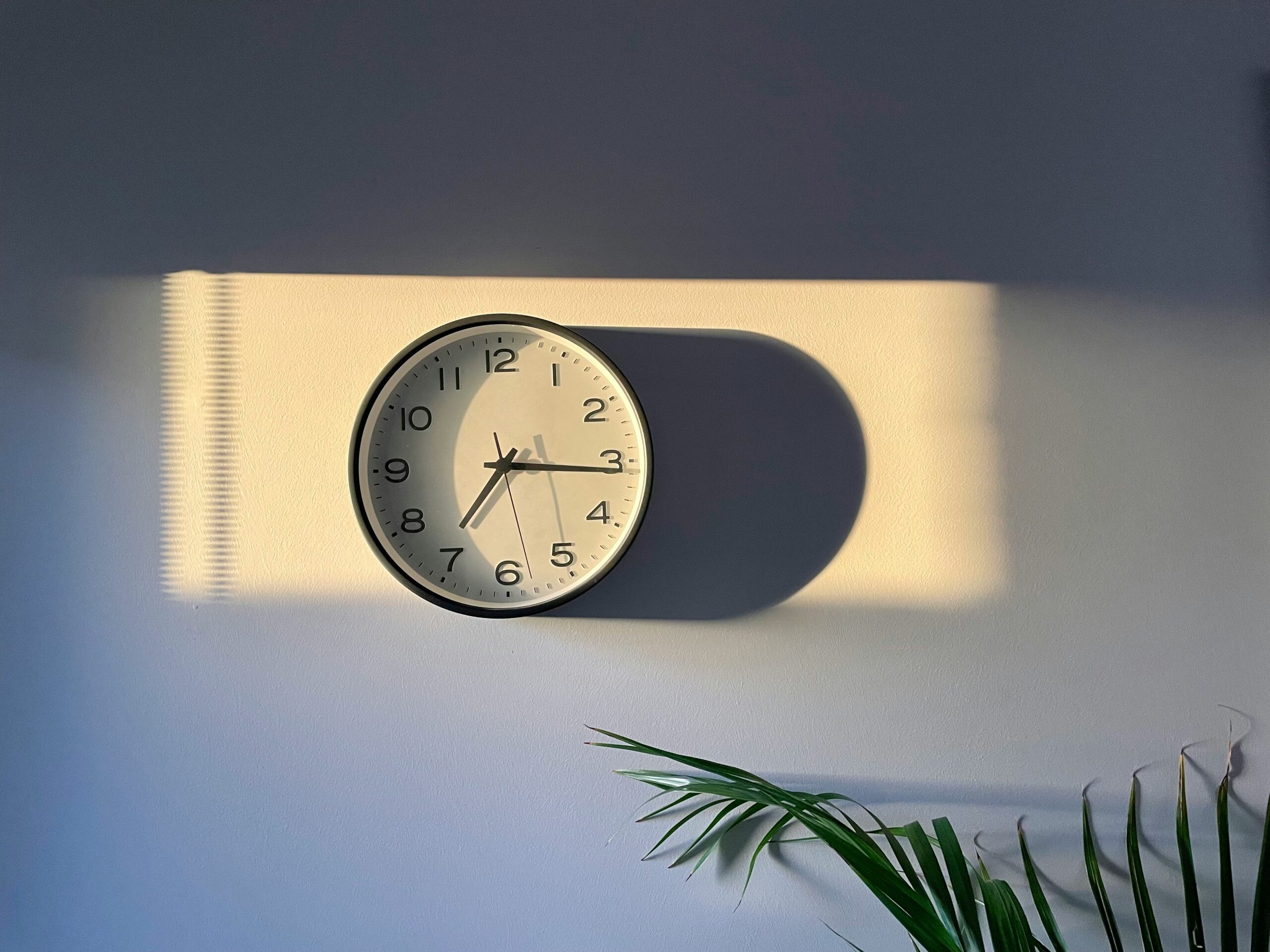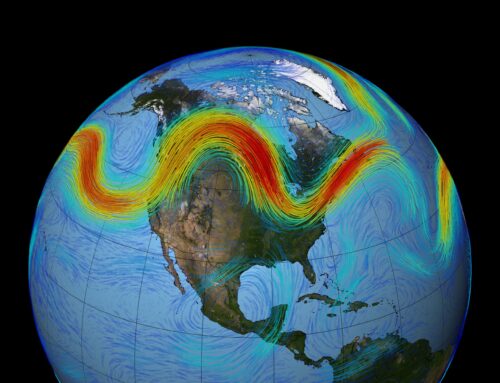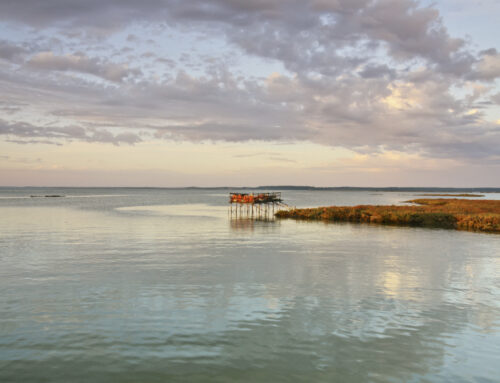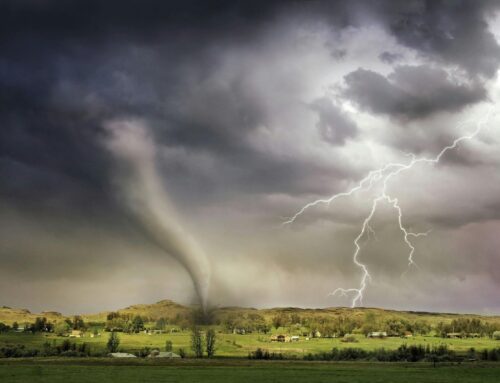Every spring and fall, millions of Americans adjust their clocks, either springing forward or falling back an hour due to daylight savings time (DST). While this biannual ritual is widely accepted, its history, purpose, and exceptions are less commonly known. Let’s take a closer look at the origins of DST, why the U.S. adopted it, and which parts of the country have opted out.
The Origins of Daylight Savings Time
The concept of adjusting clocks to make better use of daylight dates back to Benjamin Franklin, who proposed it in a satirical essay in 1784, suggesting that waking up earlier in the summer could reduce the need for candle usage in the evening. However, the modern idea of DST was first seriously suggested by New Zealand entomologist George Hudson in 1895 and later advocated by British builder William Willett in 1907.
Germany became the first country to implement DST in 1916, during World War I, to conserve fuel by reducing the need for artificial lighting. Other nations, including the United States, followed suit shortly after.
Why the U.S. Adopted Daylight Savings Time
The United States first introduced daylight savings time in 1918 as a wartime measure to save energy. However, it was unpopular and was repealed after World War I. During World War II, DST was reinstated under President Franklin D. Roosevelt and remained in effect year-round as “War Time” from 1942 to 1945.
After the war, DST became a patchwork system, with different states and localities observing different schedules. This led to confusion, especially for industries like transportation and broadcasting. To address this inconsistency, Congress passed the Uniform Time Act of 1966, standardizing DST across the country. The act established that DST would begin on the last Sunday of April and end on the last Sunday of October. These dates have since been modified, with the current DST period running from the second Sunday in March to the first Sunday in November, as established by the Energy Policy Act of 2005.
Who Doesn’t Observe Daylight Savings Time?
Not all parts of the United States follow DST. The two main exceptions are:
Hawaii: Due to its location near the equator, Hawaii experiences minimal variation in daylight throughout the year, making DST unnecessary.
Arizona: The Grand Canyon State opted out of DST in 1968, primarily due to its hot climate. Longer daylight hours in the evening would mean increased energy consumption for air conditioning. However, the Navajo Nation, which spans parts of Arizona, Utah, and New Mexico, does observe DST, creating a unique time zone quirk within the state.
Additionally, some U.S. territories, including Puerto Rico, the U.S. Virgin Islands, Guam, and American Samoa, do not observe DST.
The Ongoing Debate Over Daylight Savings Time
In recent years, there has been growing debate over whether DST should be abolished or made permanent. Critics argue that changing the clocks disrupts sleep patterns, affects health, and has questionable energy-saving benefits. In contrast, supporters claim it helps reduce accidents, promotes outdoor activities, and benefits businesses.
In 2022, the U.S. Senate unanimously passed the Sunshine Protection Act, which aims to make daylight savings time permanent nationwide. However, the bill has yet to pass the House of Representatives and be signed into law.
Conclusion
Daylight savings time has a long and complicated history, with roots in energy conservation and wartime efficiency. While most of the U.S. observes it, a few states and territories have opted out. Whether DST remains a fixture of American life or eventually fades into history remains to be seen, but for now, twice a year, most Americans will continue the tradition of adjusting their clocks and debating its merits.









